How to Open a Nicotine Pouch Box: A Practical Guide for B2B Buyers and End-Users
Nicotine pouches are now a staple in the smokeless nicotine market, valued for their convenience, clean formulation, and ease of use. But while the product itself is simple, the packaging that delivers it—whether for individual retail sales or large-scale B2B shipments—is more complex than it first appears.
For distributors, retailers, or brands working with a nicotine pouch manufacturer, understanding how to open and handle nicotine pouch boxes properly is more than just a logistics task. It’s about preserving product quality, supporting brand consistency, and minimizing loss during transport or display.
In this guide, we break down the correct way to open various types of nicotine pouch boxes, explore design features, and highlight how packaging impacts operations from end-user experience to wholesale strategy.
Understanding Nicotine Pouch Box Designs
Nicotine pouch packaging serves three main purposes: protecting the product, simplifying access, and reinforcing brand identity.
-
Protection: Because nicotine pouches are sensitive to moisture and air, most boxes are made from coated or laminated cardboard and may include tamper-evident seals or inner blister packs.
-
Convenience: Retail-ready packaging often includes tear strips or folding flaps, while bulk units may require a box cutter or utility knife for clean access.
-
Presentation: Packaging design communicates brand quality. Whether it’s minimalist or bold, pouch boxes often carry compliance warnings, product details, and visual cues to enhance shelf appeal.
Common Packaging Types:
-
Single Retail Units: Designed for end-users; usually compact and easy to open.
-
Bulk Boxes: Meant for shipment and storage; they house multiple retail packs and are reinforced for transport.
-
Display-Ready Cases: Pre-scored for shelf placement in retail environments.
Whether you’re sourcing from a nicotine manufacturer or a liquid nicotine wholesaler, understanding these formats can help reduce damage and improve inventory flow.
Step-by-Step: How to Open a Nicotine Pouch Box
Correct handling minimizes product waste and ensures safety. Here’s how to open boxes depending on their type:
Step 1: Assess the Box Structure
Look for structural clues: perforated seams, pull-tabs, or glue points. Manufacturers often design boxes to open in a specific way for easy access or display. Bulk cartons may be reinforced with tape or staples.
Step 2: Prepare Appropriate Tools
For boxes without easy-open features, use a box cutter or scissors. Avoid forcing the box open—this can damage the pouches inside. Always cut along designated seams or tape lines.
Step 3: Open With Control
-
For retail packs, gently peel or pop the lid open using the tab.
-
For bulk cartons, slice the sealing tape and lift the flaps carefully to avoid compressing the inner units.
Step 4: Check for Product Integrity
Before repacking or shelving, examine the pouches for seal integrity or moisture exposure. Damaged packs can affect both product lifespan and consumer trust.
Step 5: Store Safely
Re-seal or close boxes that are not immediately used. Store opened or repacked nicotine pouches in cool, dry areas. For retailers, follow FIFO (first-in, first-out) inventory rules to reduce aging stock.
Why This Matters for Distributors and Brands
Correctly handling packaging isn’t just about neatness—it directly affects product quality, brand perception, and operational efficiency. Here’s how:
-
Minimizing Loss: Prevents pouch tearing or dented boxes during handling or display setup.
-
Improving Customer Satisfaction: Preserved packaging delivers a better unboxing experience, especially for premium-positioned products.
-
Supporting Regulatory Integrity: Properly opened and stored pouches retain their labeling, expiration dates, and tamper indicators.
These handling habits are especially important when dealing with white label nicotine pouch products, where your brand identity is tied directly to the physical product experience.
Innovations in Pouch Packaging Design
As brands compete in both retail and wholesale nicotine markets, packaging innovation is becoming a differentiator. Some emerging trends include:
-
Biodegradable Materials: Sustainable cardboard that maintains strength while reducing environmental footprint.
-
Tamper-Evident Locks: Safety strips or labels that provide visual proof of tampering.
-
Interactive Packaging: QR codes linking to product info, promotions, or authentication systems.
Forward-thinking manufacturers like Snuff Factory are increasingly offering customizable box designs to support OEM and white-label clients looking to add value through packaging.
Frequently Asked Questions
Q: Are nicotine pouch boxes recyclable?
Yes—most retail boxes are made from recyclable materials. However, if coated with protective film, local recycling rules may vary.
Q: Can I reuse bulk shipment boxes?
As long as the structural integrity is maintained, yes. Just make sure they’re stored in dry conditions to avoid warping or contamination.
Q: How do manufacturers decide box size or format?
Box size typically reflects target market preferences—compact for consumer convenience, larger for wholesale efficiency. Leading nicotine factories also factor in shipping optimization.
Q: Who should I contact for custom box designs or private label packaging?
Visit Snuff Factory to explore scalable white-label or OEM options tailored to your brand and market.
Conclusion: A Small Step with Strategic Impact
Opening a nicotine pouch box may seem like a basic task—but for retailers, wholesalers, and brands, it’s part of a broader chain of decisions that influence freshness, presentation, and even compliance.
By understanding the structural logic behind pouch packaging—and following the correct opening methods—you ensure a smooth flow from manufacturer to shelf. This is especially important when sourcing from nicotine pouch OEM partners or scaling distribution with custom-branded packaging.
For those ready to elevate their product handling and packaging strategy, Snuff Factory offers a full suite of wholesale-ready solutions, from pouch formulation to display-optimized cartons.

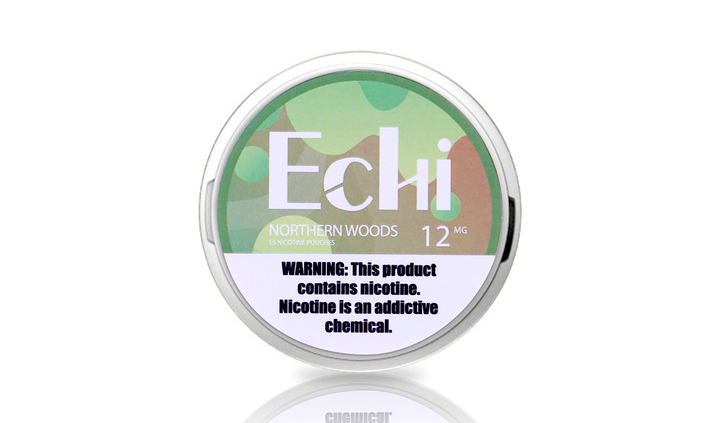
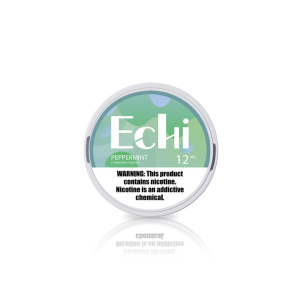


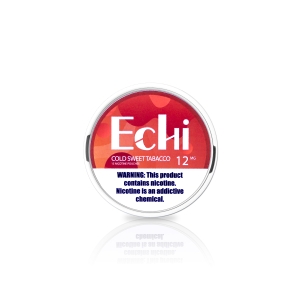
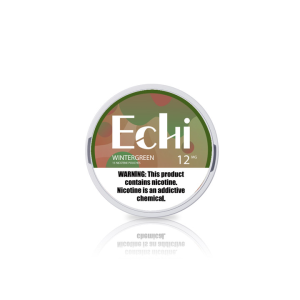
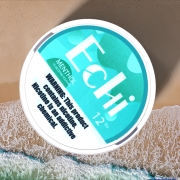

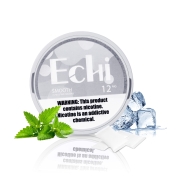

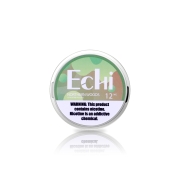
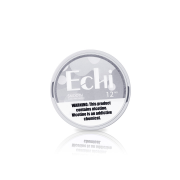


Leave a Reply
Want to join the discussion?Feel free to contribute!